Cybersecurity Awareness
Our Commitment to Cyber Security
Information Security Awareness Training
President and Vice-Chancellor, Dr. Jeff Keshen speaks on the importance of Information Security Awareness Training at the University of Regina.
Required Training
- The Cybersecurity Awareness Training will provide valuable information to help you identify online risks, become more aware of common types of cyberattacks and better equip you to report threats.
- This training is not for Students.
The online Cybersecurity Awareness Training will take approximately 1 hour to complete. It can be completed all at once, or your progress can be saved and resumed at a later time.
How do I enroll?
- Employees can login to the platform using your University of Regina username and password.
- If you're having issues logging in, please contact the IS Service Desk.
- There is an initial "Awareness, Attitudes and Perceptions Survey," which will be issued prior to starting training. This seeks to establish a baseline assessment, and takes approximately 5 minutes to complete.
- Once the survey is completed, 6 training courses will be assigned. and are required to be completed.
Training Modules Include
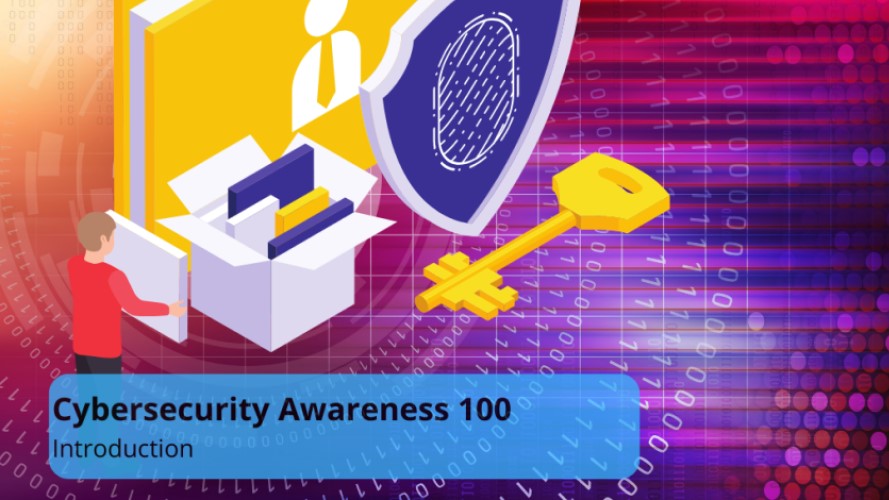 Completion Time
Completion Time
Approximately 15 Minutes
Learning Opportunities
- Introduction video
- Overview of cybersecurity awareness training.
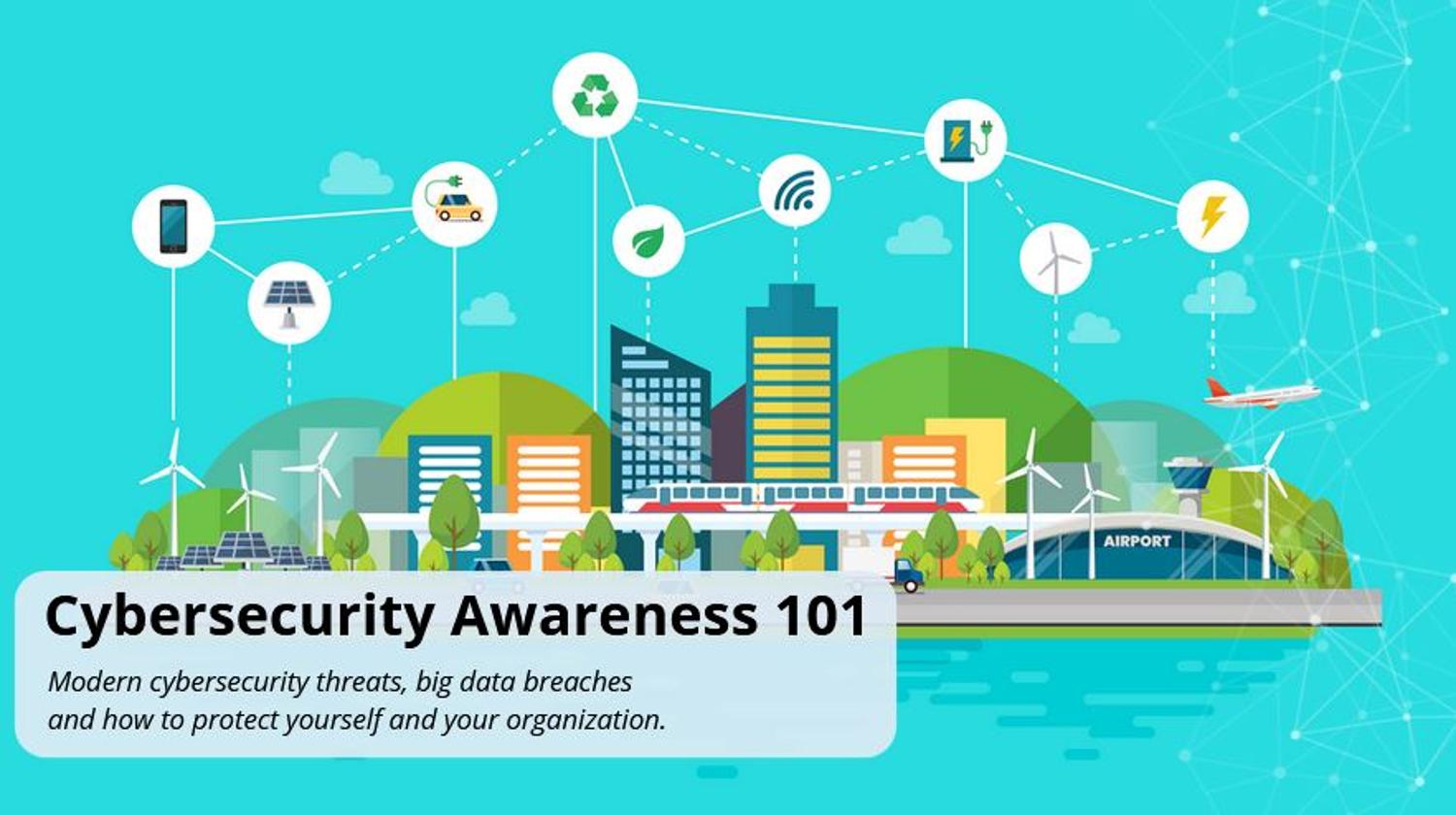
Completion Time
Approximately 10 Minutes
Learning Opportunities
- The rising threat of cybercrime.
- How cybercriminals use social engineering to "hack" people and organizations.
- How cybercriminals use malicious software.
- How to protect yourself and your organization.
- Reporting Incidents and Phishing.
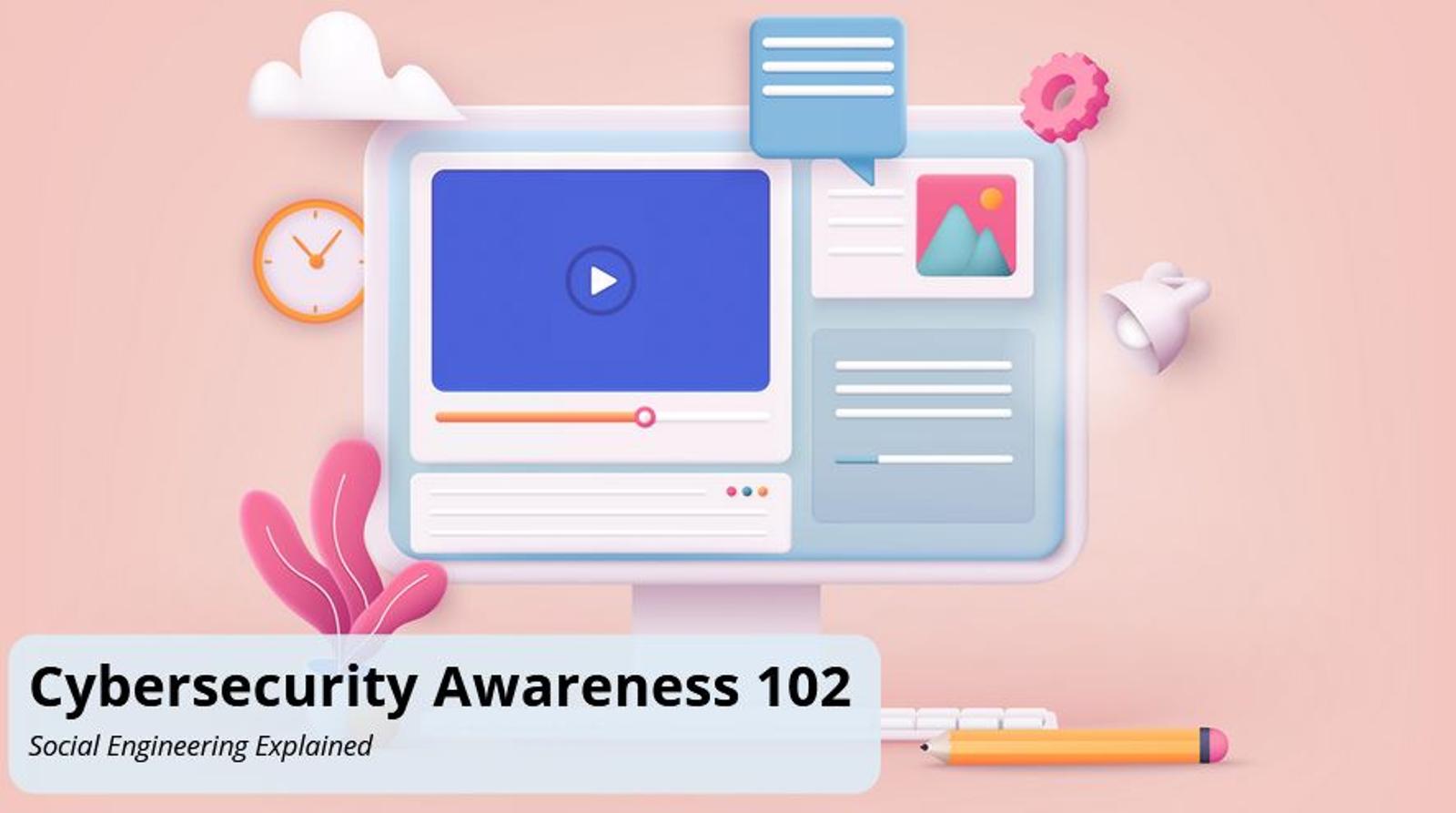
Completion Time
Approximately 10 Minutes
Learning Opportunities
- Social Engineering.
- Phishing
- Phishing Tactics.
- Vishing
- Smishing
- Protect Yourself.
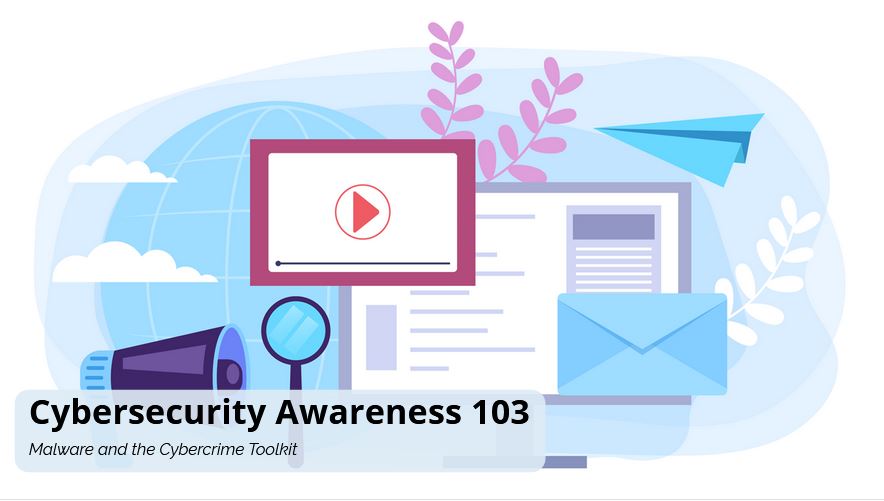 Completion Time
Completion Time
Approximately 10 Minutes
Learning Opportunities
- Malware
- Viruses
- Trojans
- Spyware
- Ransomware
- Remote Access Tools.
- Mobile Device Malware.
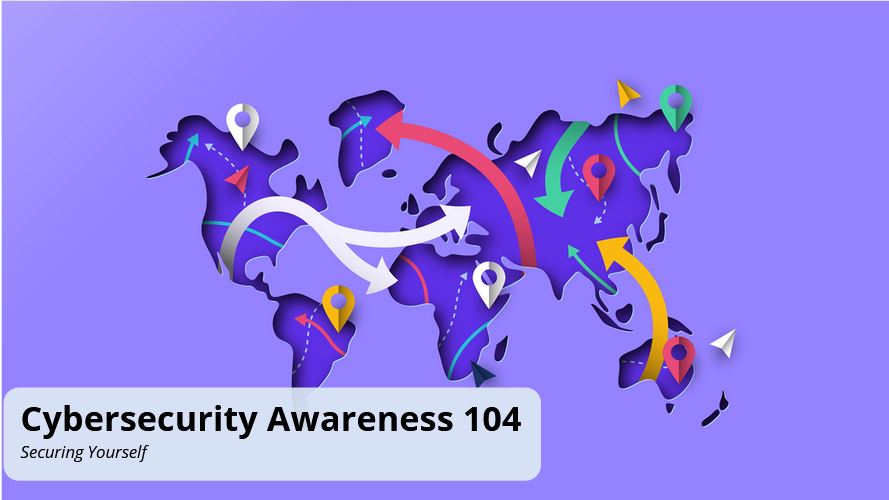 Completion Time
Completion Time
Approximately 10 Minutes
Learning Opportunities
- Roles and Responsibilities
- Password Protection
- Mobile Device Security
- Protect Your Data
- Physical Security
Training Platform Highlights
- The platform is Canadian developed, and offers Canadian training content.
- The platform is primarily designed to provide a series of cyber security awareness training courses to be offered University of Regina employees. Through surveys, quiz results, and user interaction, the platform will help to gauge the attitudes and awareness of users.
- Risk scores allow the measurement of individual, departmental, and organisation risk with scores that go up and down based on training success.
- Each user gets a dashboard which shows their training progress summarized as a personal cyber risk score. Your personal cyber risk score represents your cybersecurity knowledge at the time of the initial survey. The cyber risk score can be used to identify future training opportunities and be improved each time you complete an online course or report a phishing email. The lower your cyber risk score is – the more desirable it is.
- Phishing simulations are offered by the platform and will be implemented in Phase II of this initiative.
- The Cybersecurity Awareness Platform seeks to deliver on the information security stategy, goals, and objectives.
- Good security behaviour is reflected in the Personal Risk Score.
- The Personal Risk Score allows team members to understand where they are on their cybersecurity journey. They can positively impact their Personal Risk Score by reporting phishes, completing courses and engaging with the platform.
- The Personal Dashboard features everything team members need to stay engaged and play an active role in protecting their organization from cyber threats with access to survey, courses, rewards and more all in one place.
Training Strategy, Goals, and Objectives
The University of Regina Information Security Strategy was updated in 2021, and contains a strategic pillar of “Improve Information Security Awareness, Training, and Culture.” This is in response to the rapidly escalating number of cyber-attacks targeting individuals within our university community and our institutional networks and data.
- Protecting the information of the institution and all members of the university community is a high priority and a shared responsibility.
Additional needs to improve training and awareness were identified in the November 2021 Centre for Internet Security (CIS) Critical Controls assessment. Current practises do not completely align with standard security frameworks such as CIS.
- Additionally, other security frameworks such as, NIST, ISO 27001, COBIT all similarly recommend a comprehensive awareness and training program as part of an organisation’s IT security program.
- With the launch of the new security awareness program, a focus will exist on common user security concerns such as password selection, appropriate use of computing resources, and social engineering. The training programs will also target tailored training to specific groups.
- An important aspect of ensuring compliance with the information security program is the education and awareness of organisational users regarding the importance of and need for information security. The security awareness program will underscore the risks and threats that the University faces, and the role of all users in minimising impacts to the Institution.
- Employee awareness should start from the point of joining the organisation (e.g., through induction training) and continue regularly.
- Security awareness programs should consist of training, planned to be administered online which includes quizzes to gauge retention of training concepts; coupled with a regular schedule of refresher training.
- All employees of the organisation and, where relevant, third-party users must receive appropriate training and regular updates on the importance of security policies, standards and procedures in the organisation.
At a high level, the objectives of the cybersecurity awareness training program seek to align with security strategy, and include:
- Uniform training across the University’s human resources.
- Expand training content available to users.
- Increase user engagement with ongoing interaction with refresher training and phishing simulation.
Increase end user participation with compliance reporting against targets of enrollment, engagement, and risk scores.